Huawei MateBook X Pro hands-on: Interesting, but overpriced
Meet China's answer to the MacBook Pro

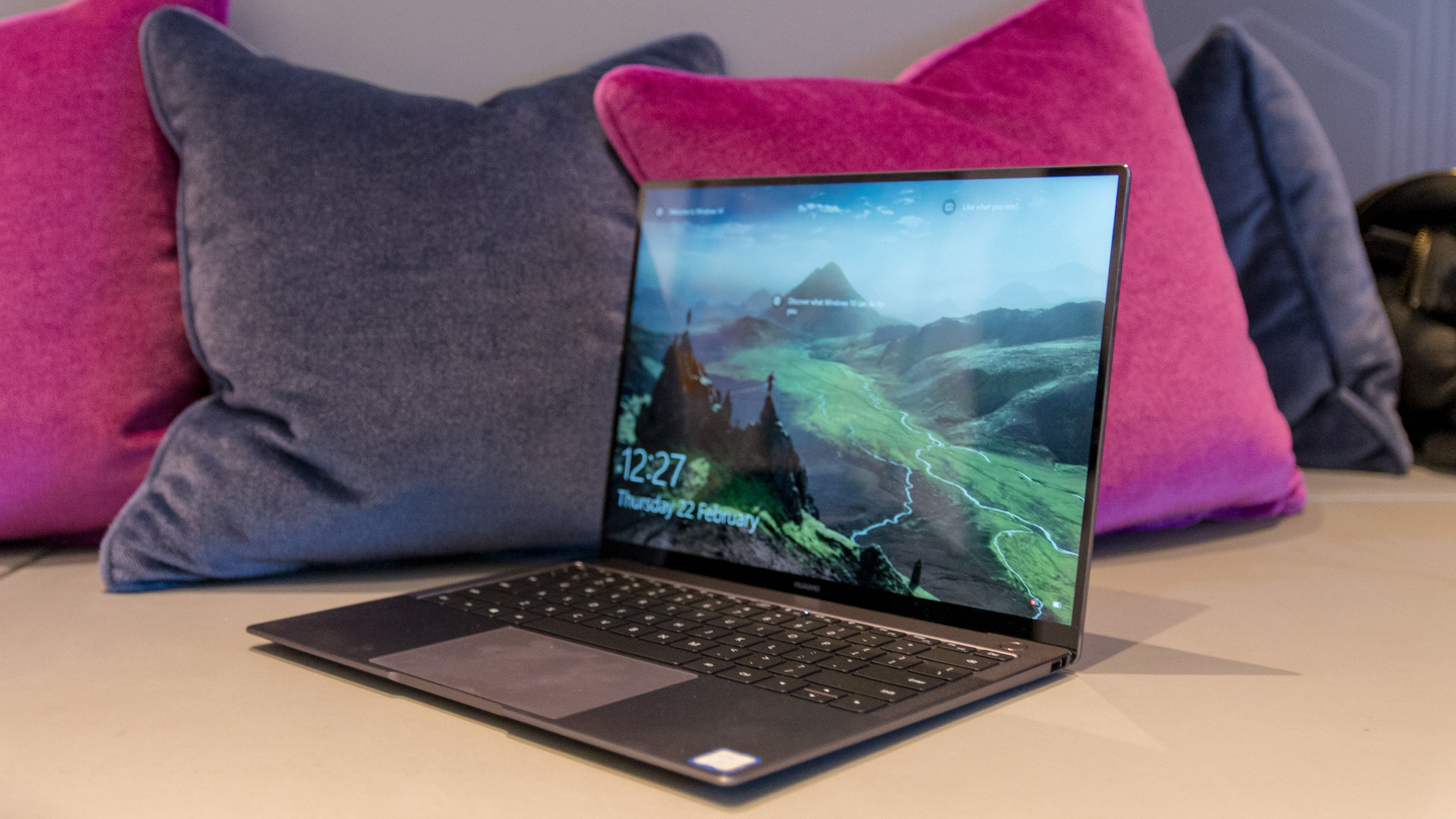
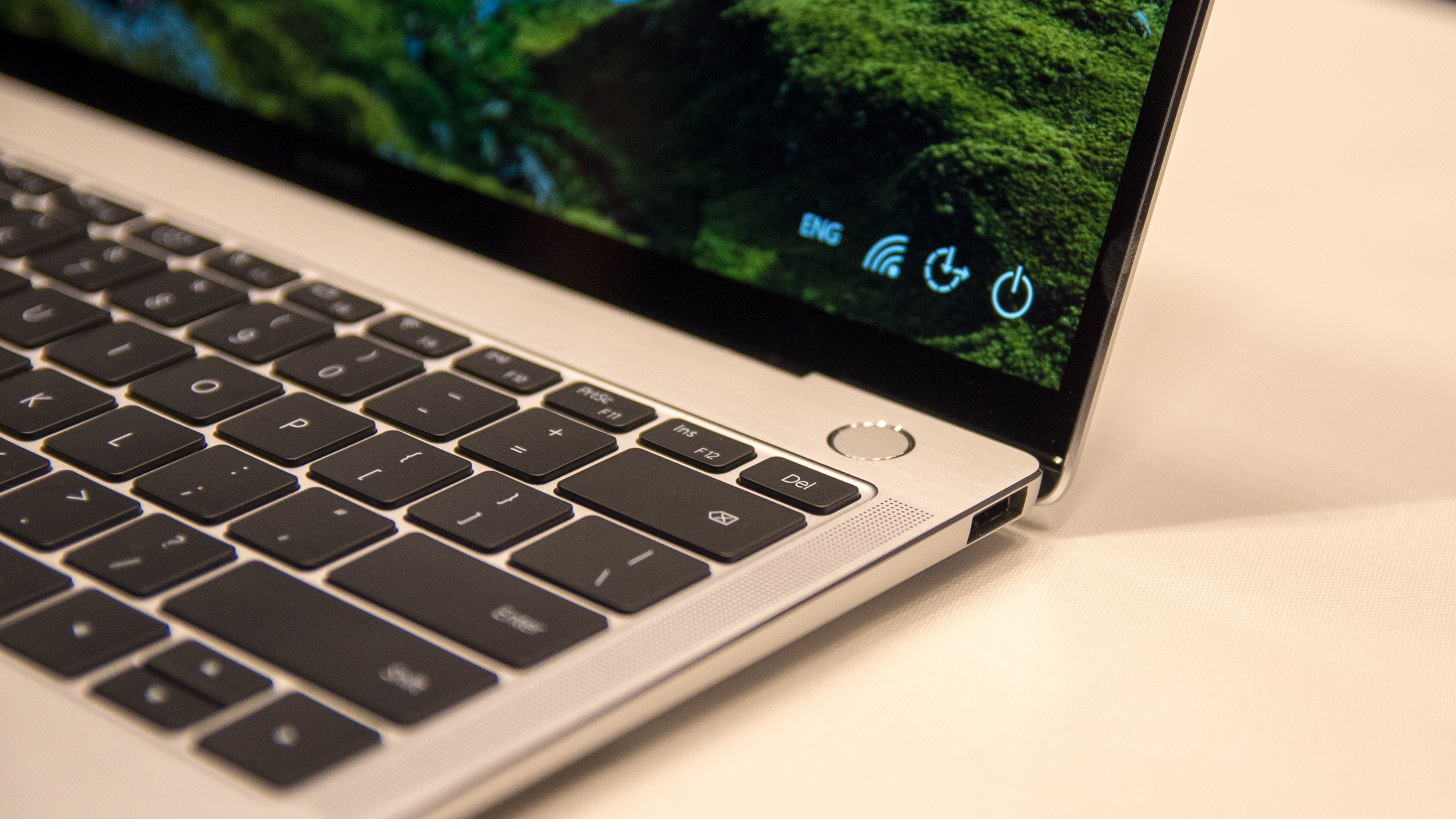
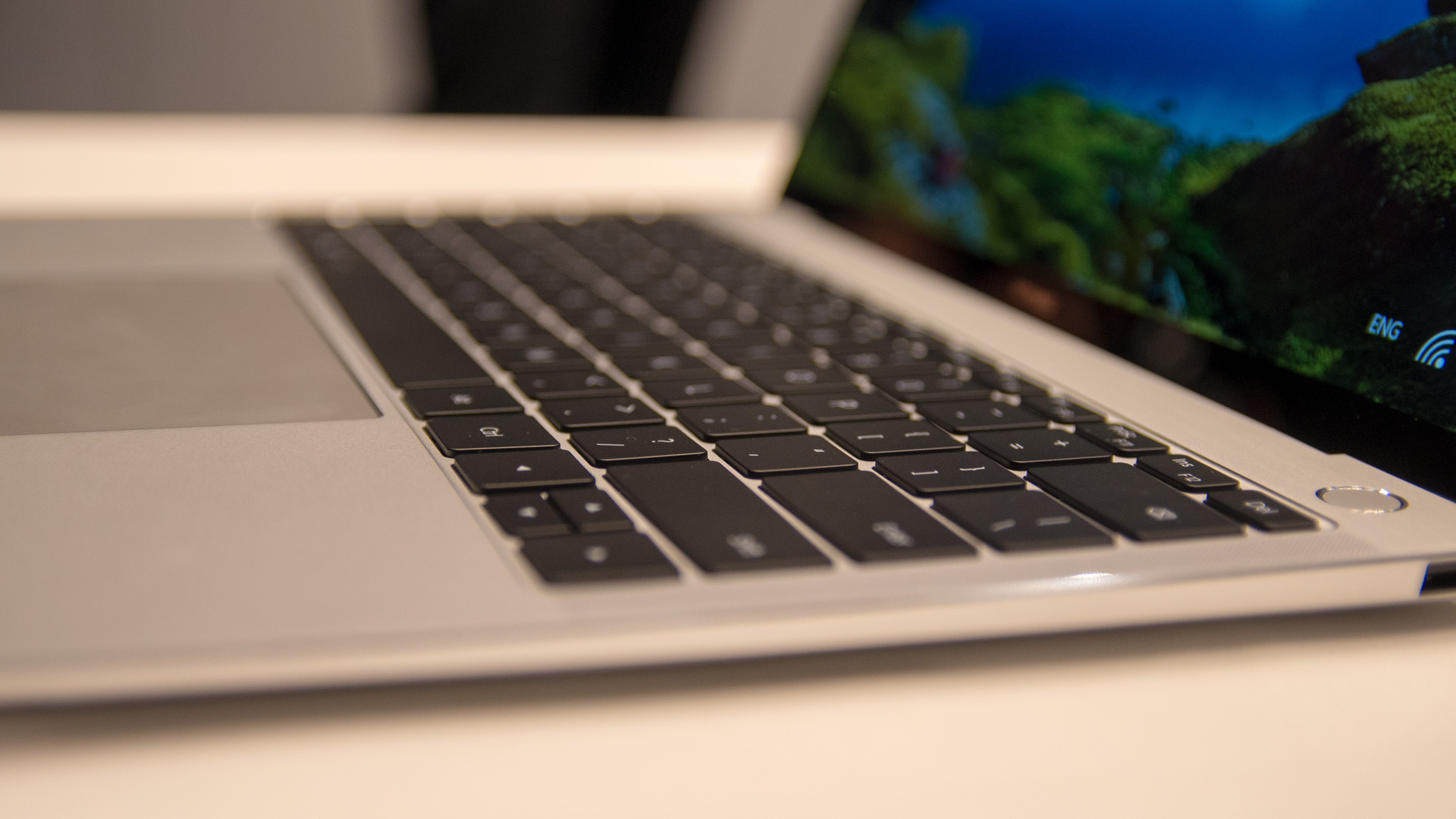
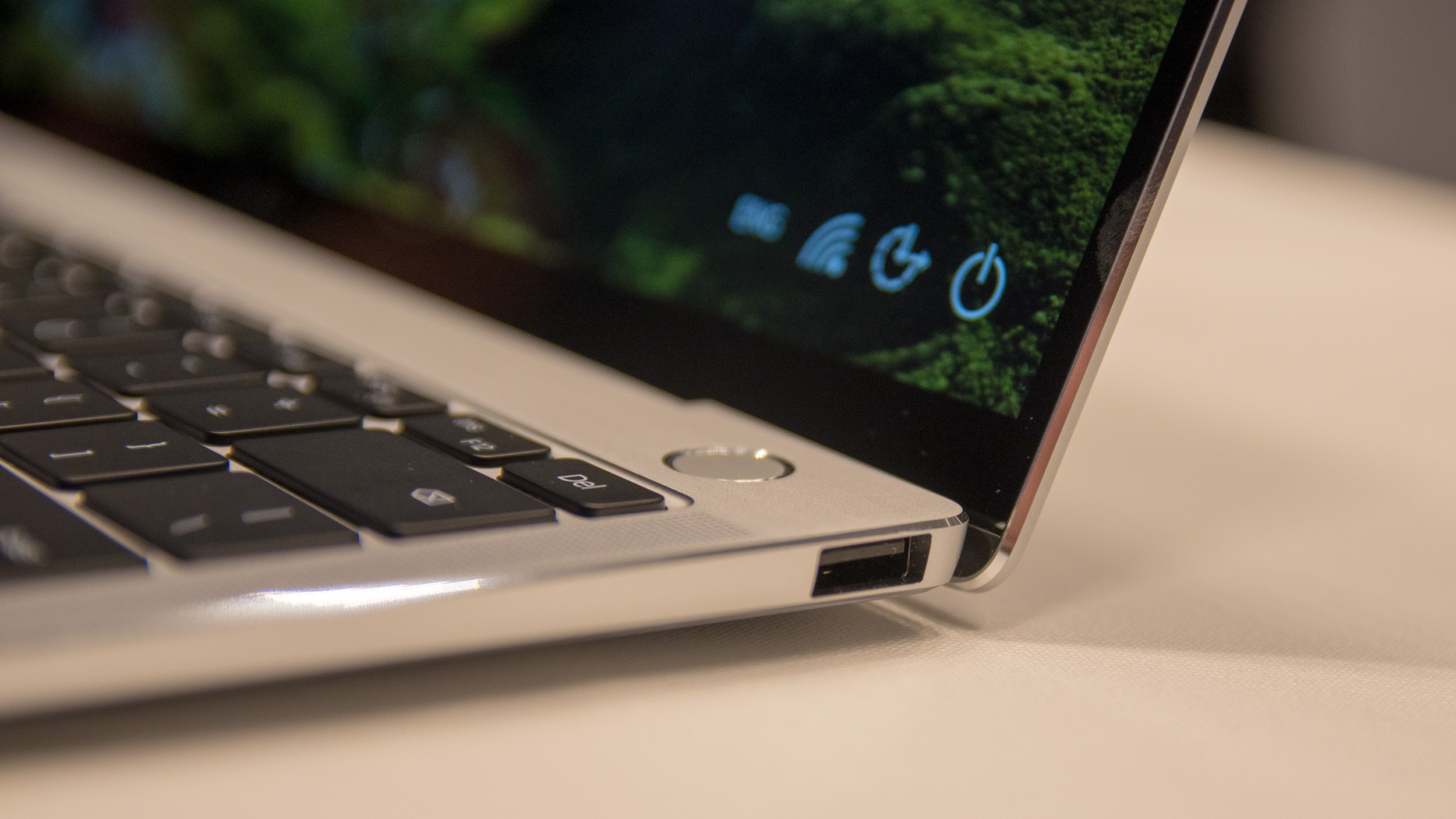
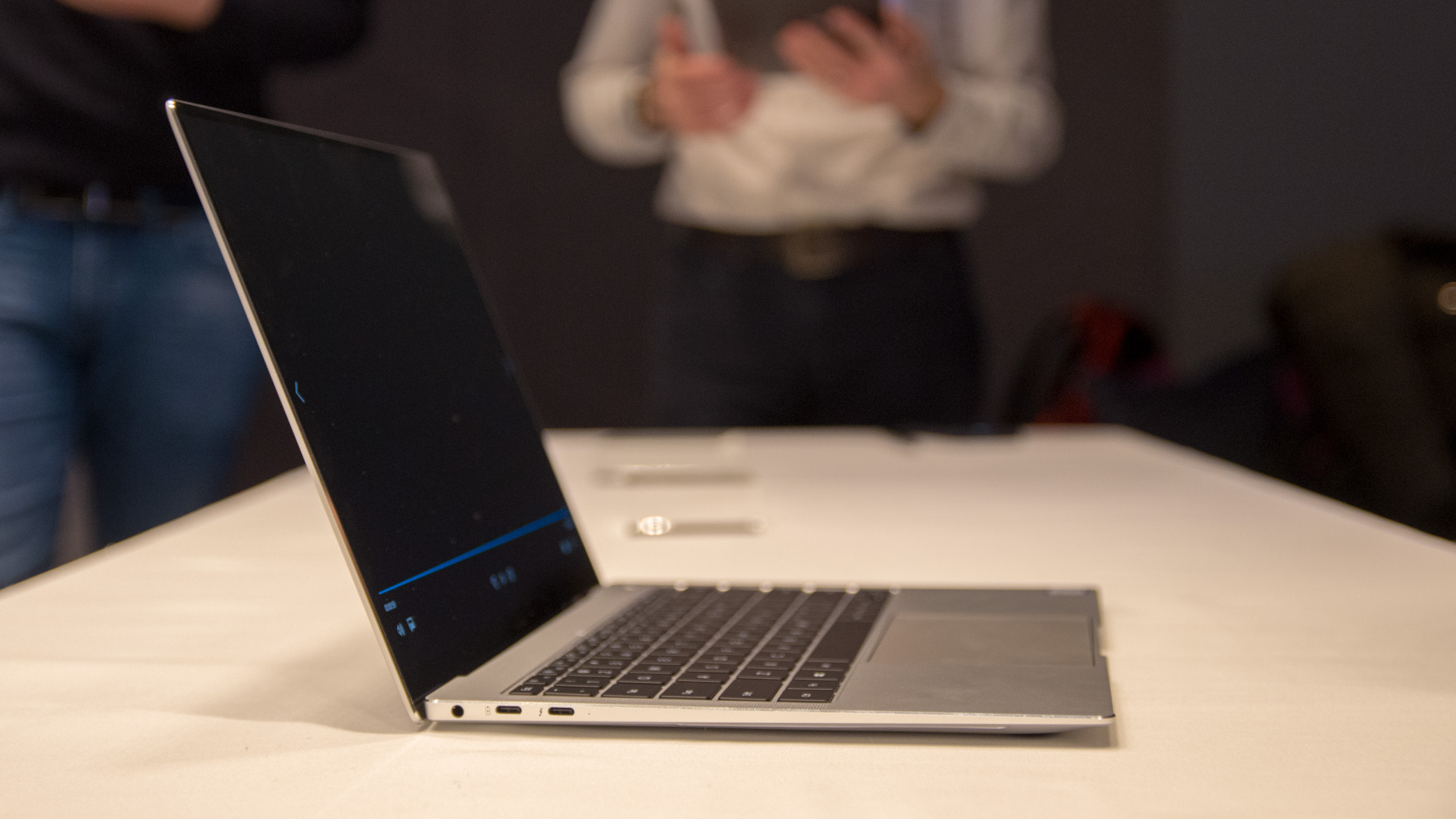
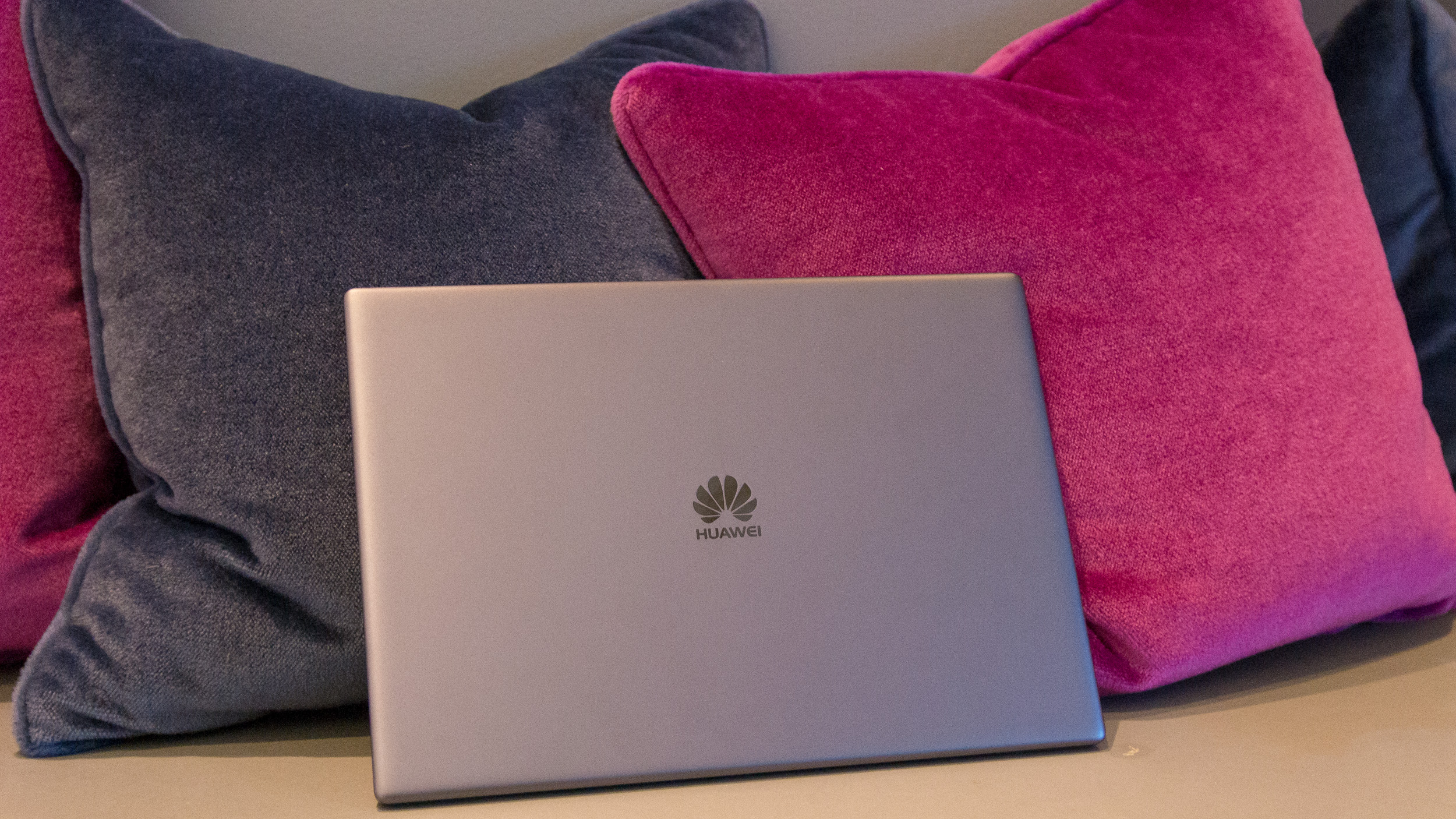
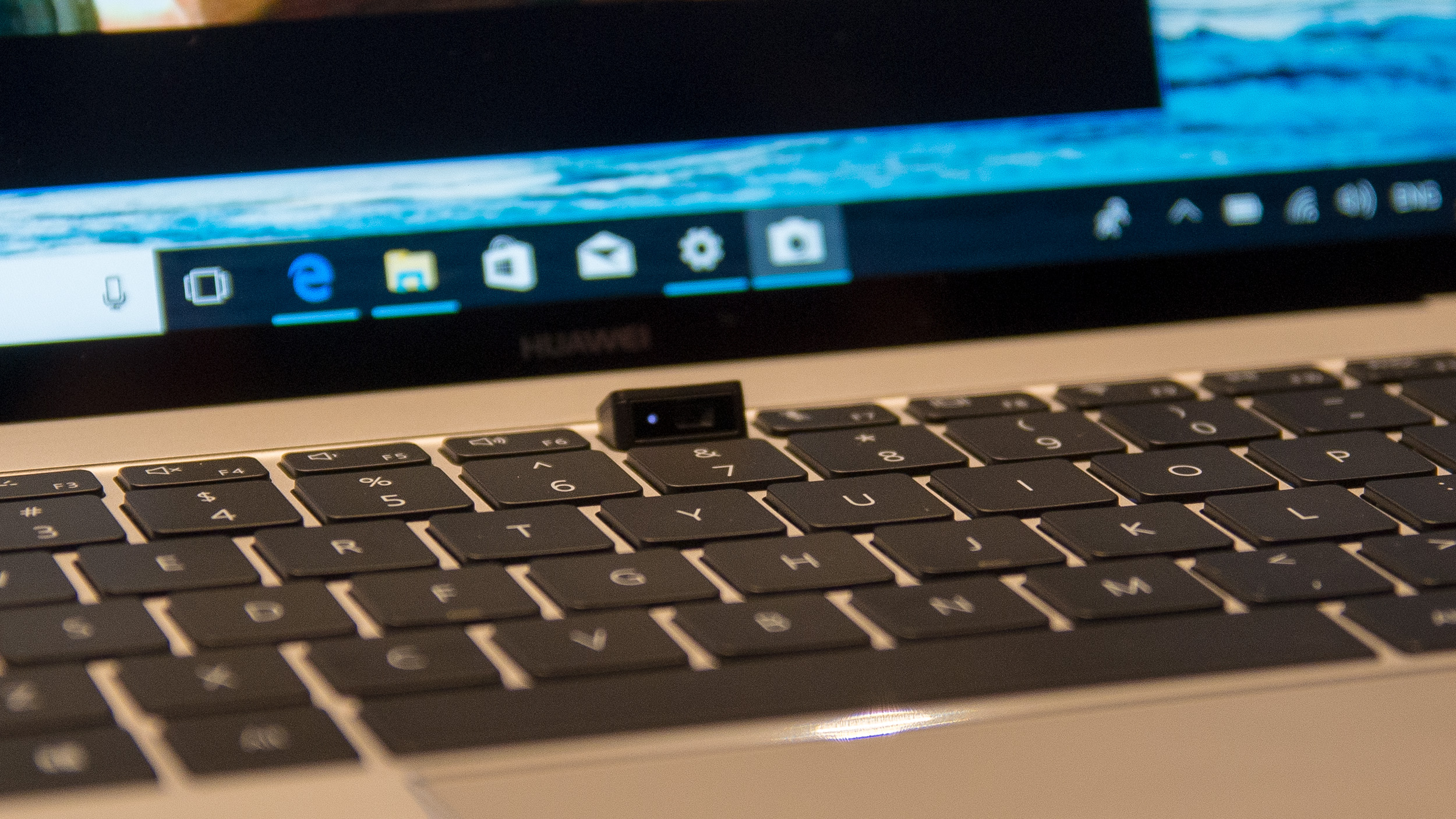
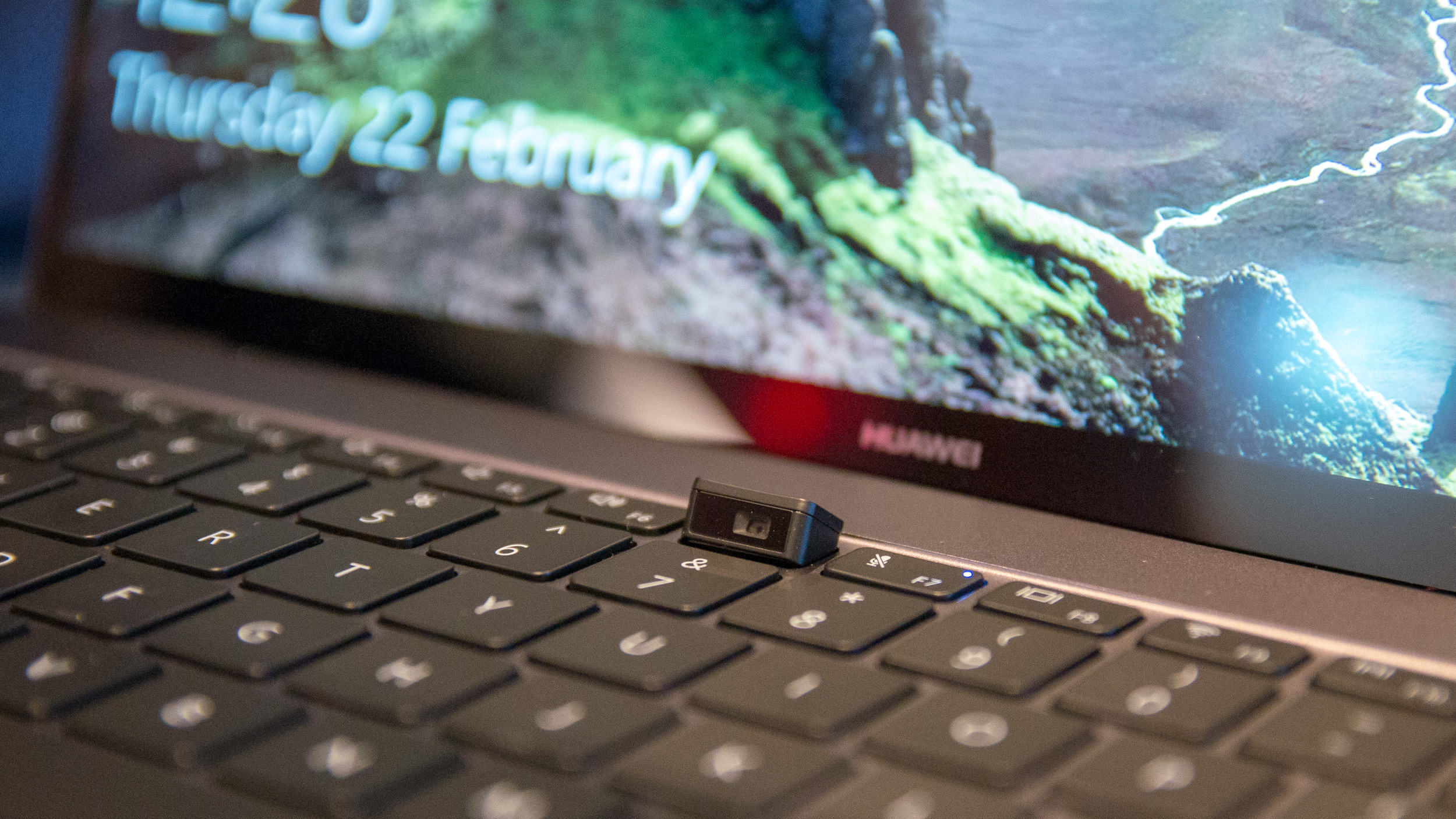
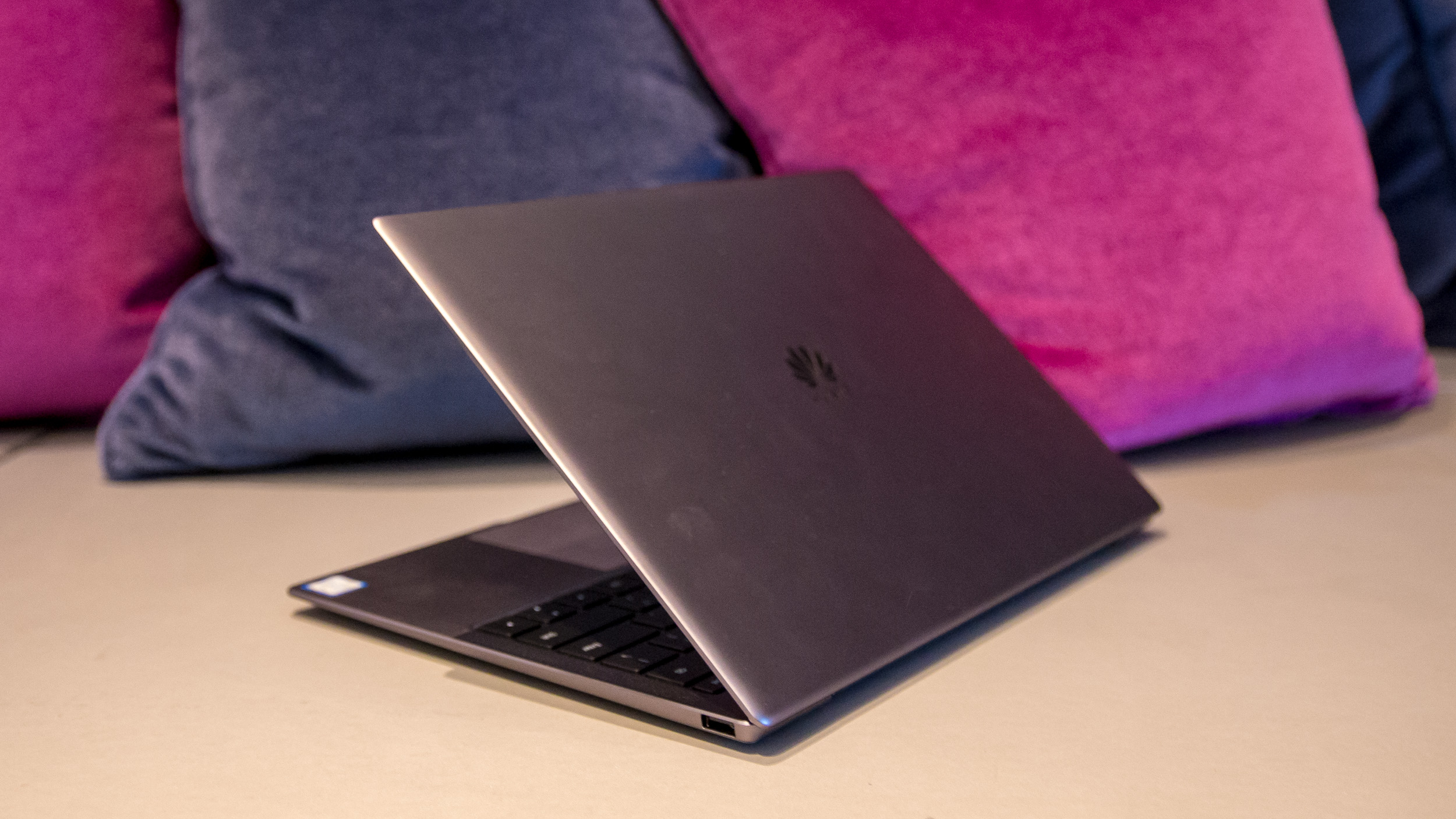
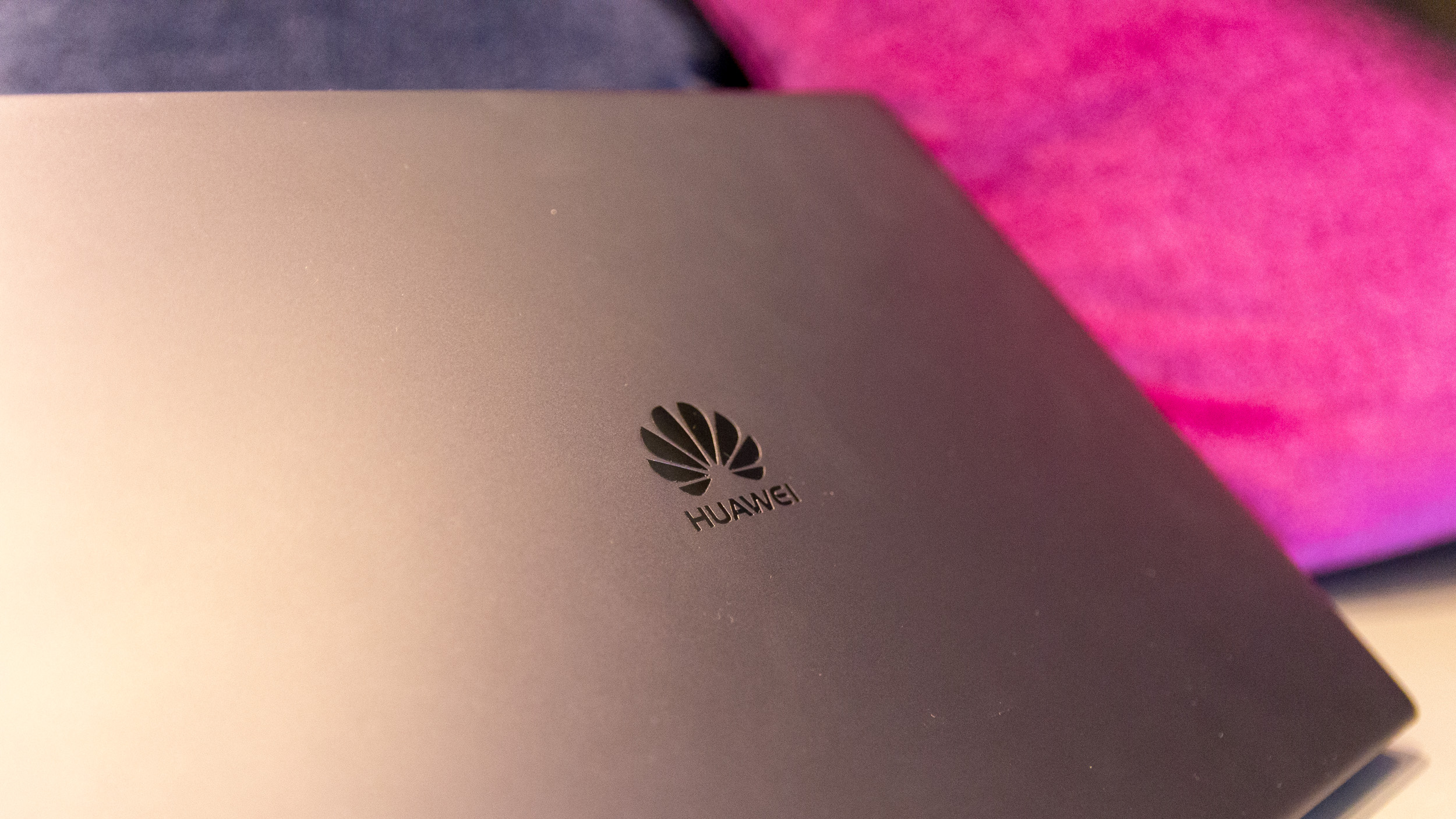
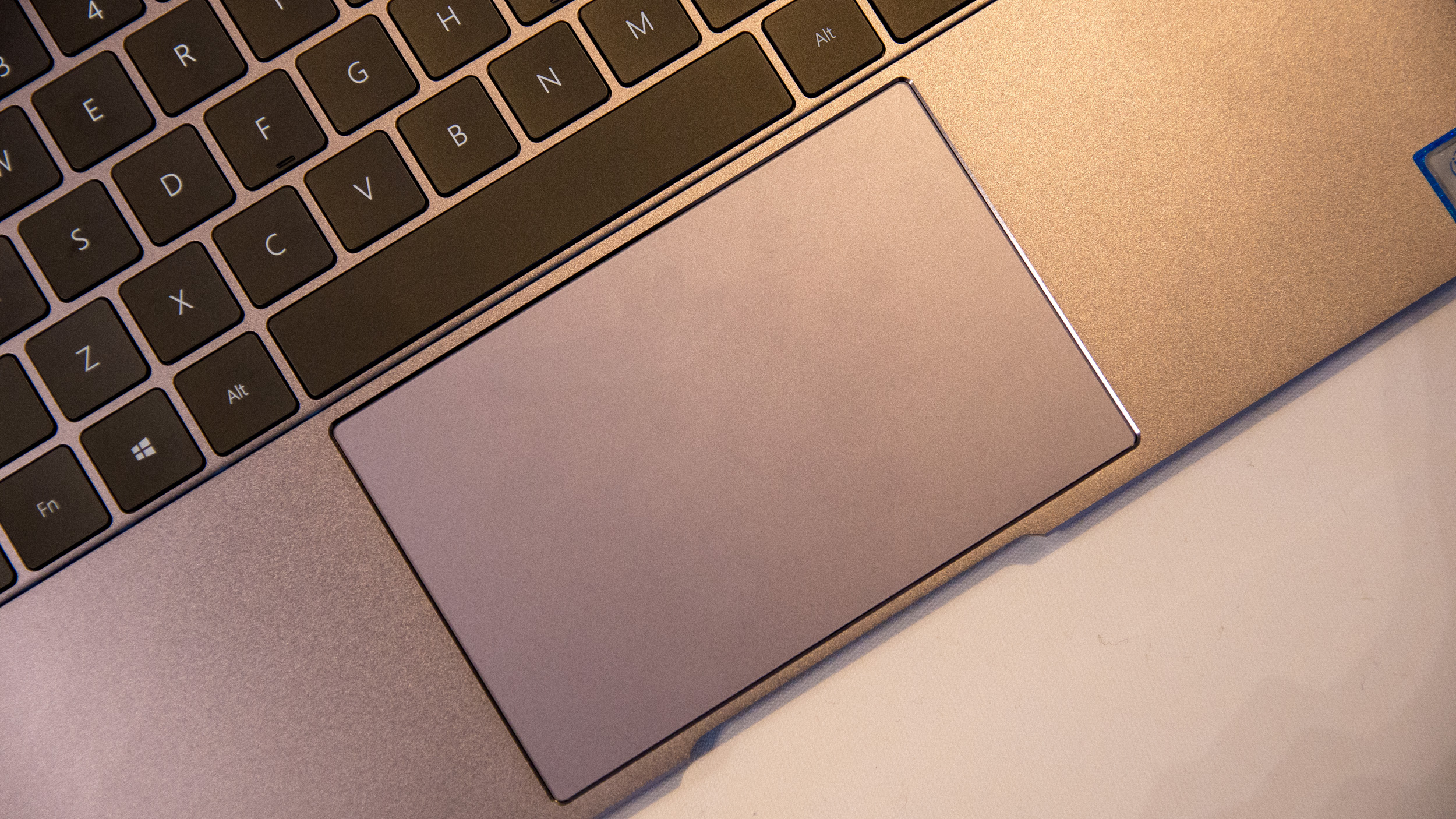
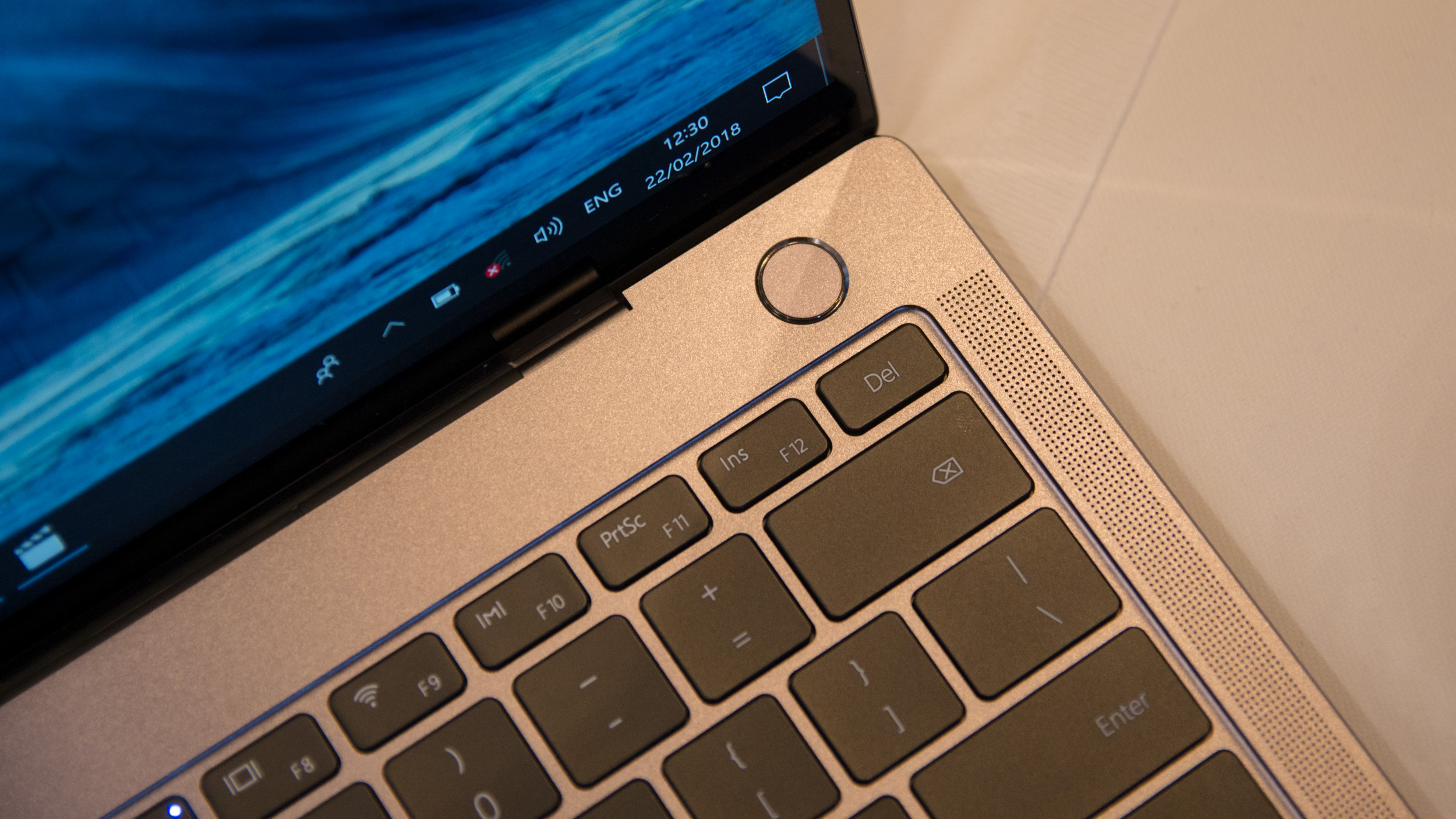
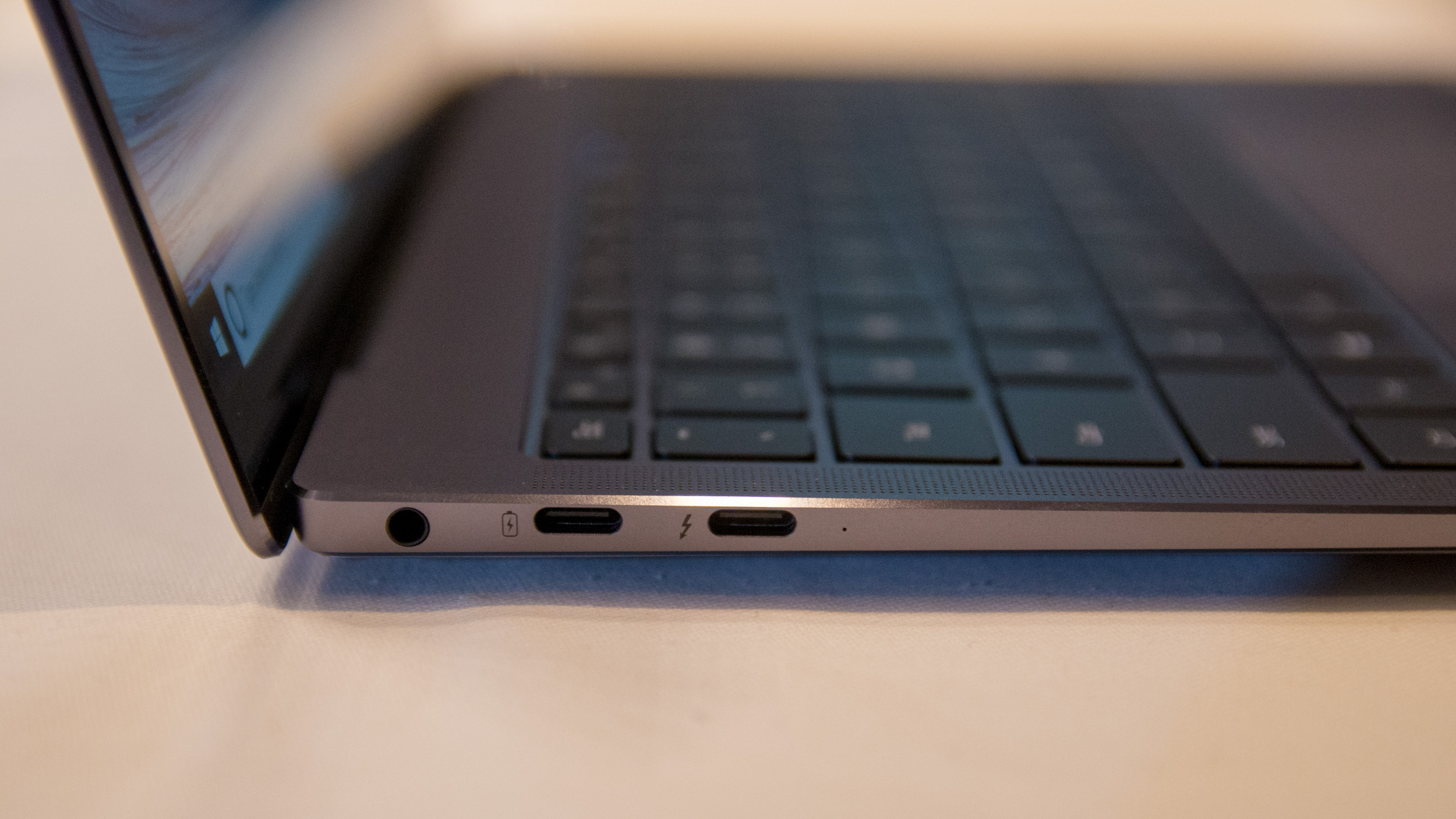
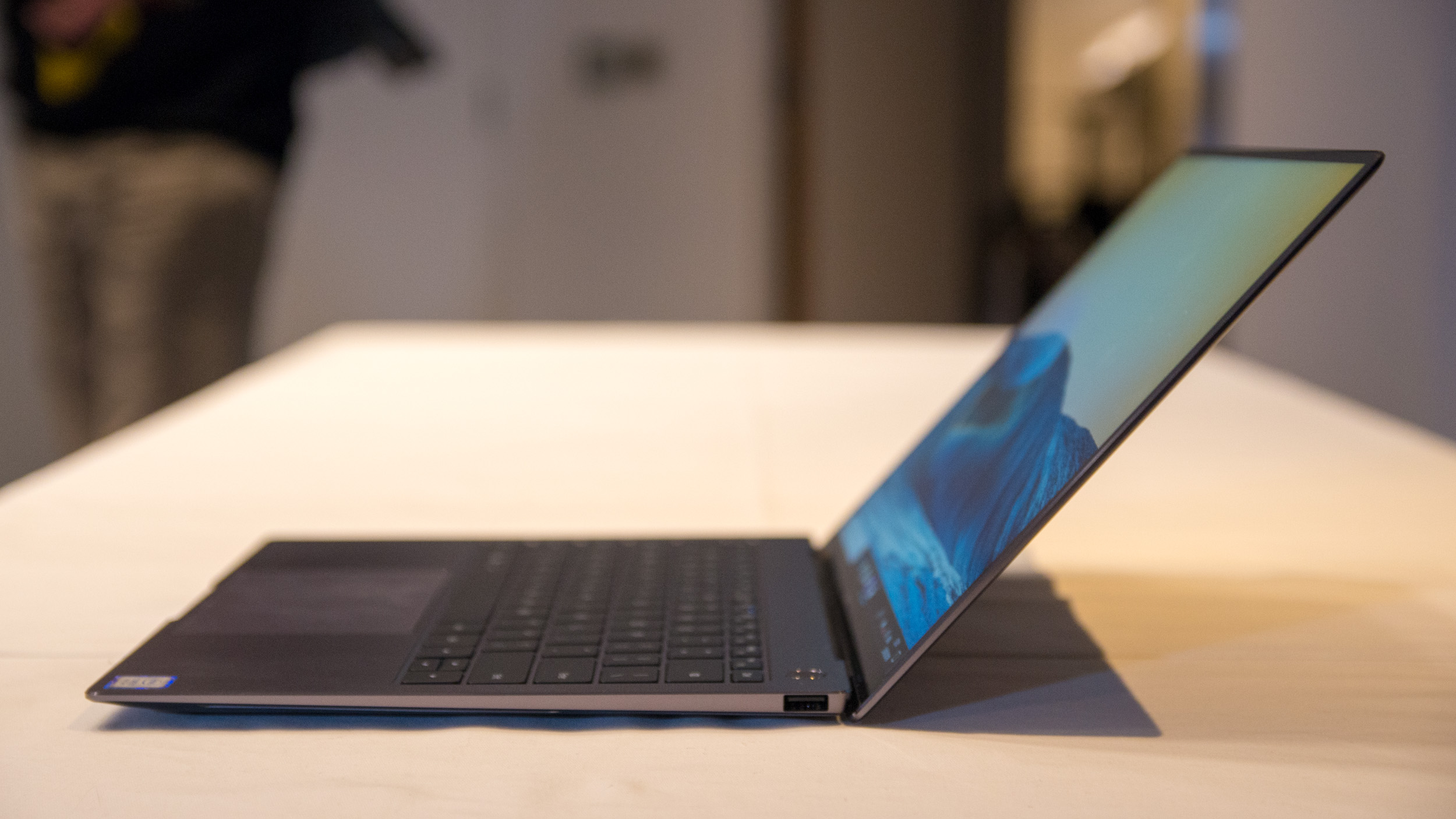
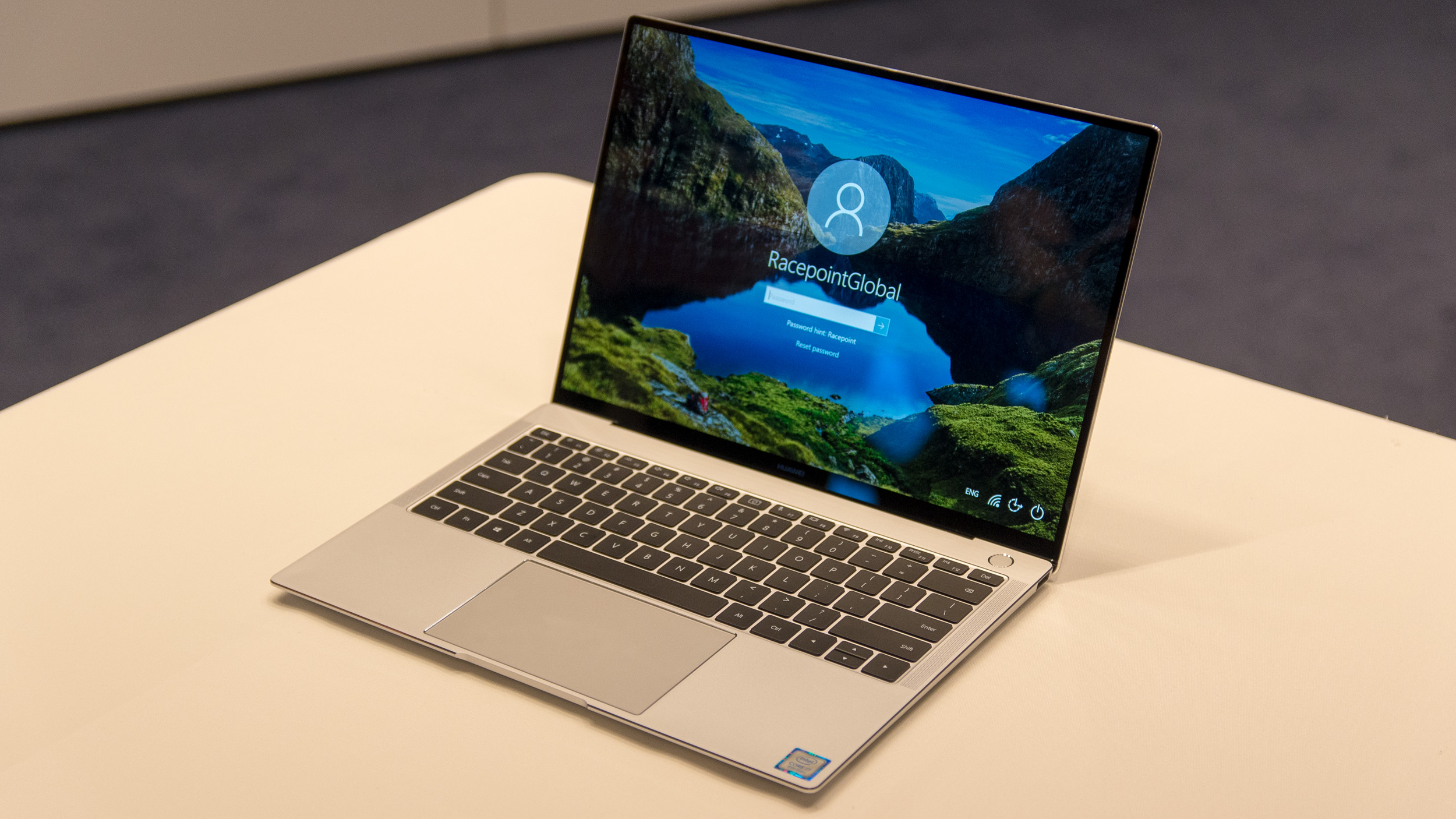
Chinese manufacturer Huawei attempted to increase its presence in the notebook market last year with the MateBook E, the MateBook D and the original MateBook X, which were released to relatively little fanfare. While the devices themselves were capable, they didn't generally make much of a splash.
For 2018, the company is looking to change that. Its new laptop, the MateBook X Pro, has got the MacBook Pro squarely in its crosshairs, and is aiming to take its place as the go-to business device.
Huawei MateBook X Pro hands-on: Design
Credit where credit's due - the MateBook X Pro is an attractive machine. The metal unibody chassis sports the same sleek, semi-gloss finish as the MacBook Pro, but it's subtle and understated in a very un-Huawei way. It's available in space grey and silver, and aside from the logo on the lid, there are no extraneous design flourishes and no garish detailing. It's almost minimalist, and it looks every inch the business machine.
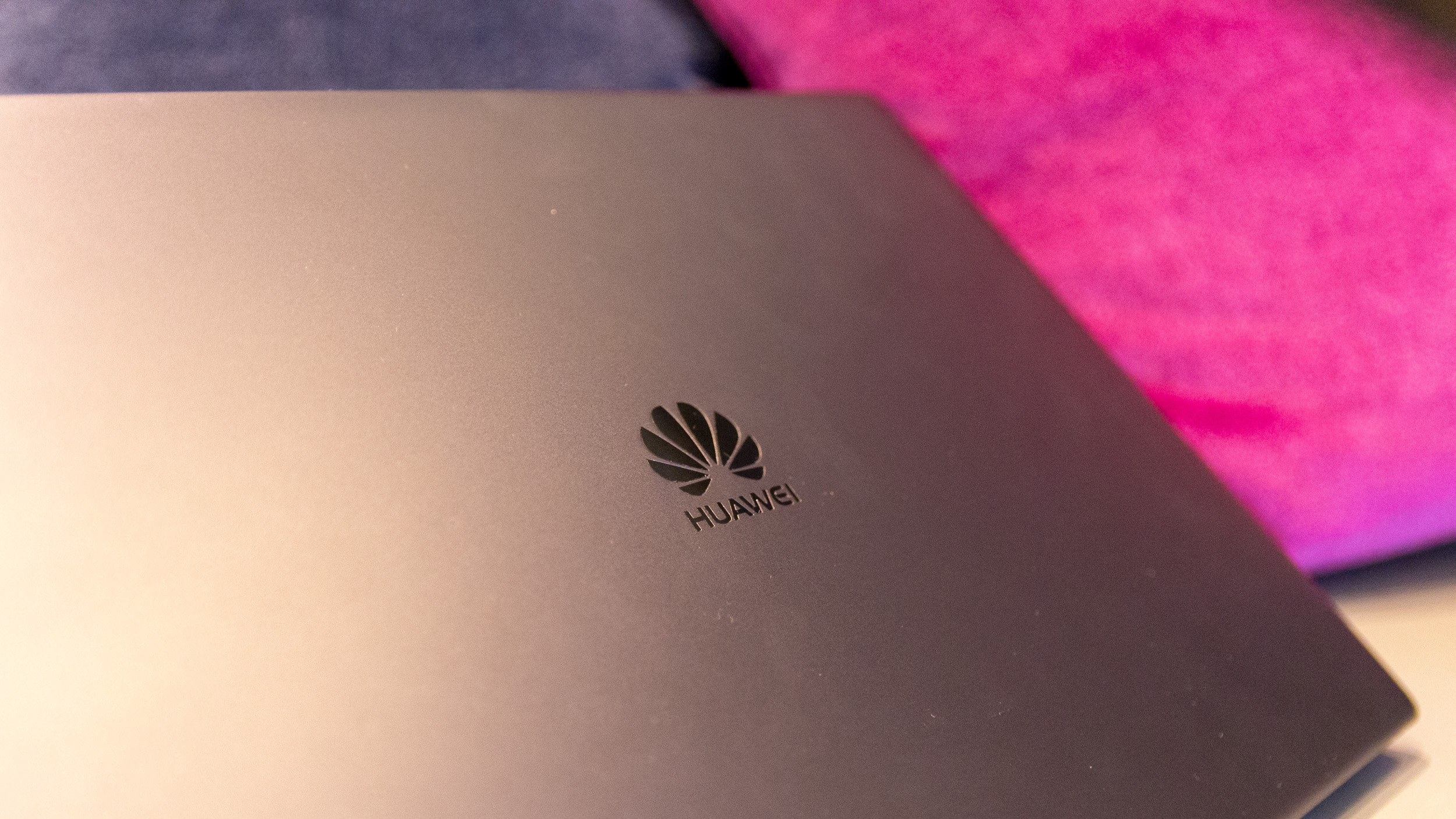
It's not a particularly petite PC though. A weight of 1.3kg is tipping the scales ever-so-slightly to the wrong side of average, as is the 14.6mm thickness. It's not a bulky machine, by any means, but it's more in line with what we'd expect from a mid-range notebook.
Huawei MateBook X Pro hands-on: Keyboard and trackpad
The similarities to the MacBook Pro don't end at the design. The MateBook X Pro's keyboard is also very reminiscent of the one used by Apple, with large keys and minimal travel distance. Given that the MacBook Pro remains one of the best examples of notebook typing, this is a very good thing indeed. These keys need a little bit more actuation force than the MacBook Pro's, but overall the keyboard is pleasant and fluid to use.
The same is true of the glass-coated trackpad, which also borrows inspiration from the MacBook Pro. Like Apple's device, the MateBook X Pro's trackpad is huge - in fact, Huawei claims it's the largest trackpad ever fitted to a 14in machine.
Huawei MateBook X Pro hands-on: Display
If the MateBook X Pro has a piece de resistance, this is it. Huawei has made a point of emphasising how proud it is of this display and we have to say that we can see why. For starters, the screen looks huge - much like Dell's XPS 13, the MateBook X Pro's screen bezels are barely there. The MateBook X Pro has a 91% screen-to-body ratio, which means that the so-called 'FullView display' is expansive and immersive.
Get the ITPro daily newsletter
Sign up today and you will receive a free copy of our Future Focus 2025 report - the leading guidance on AI, cybersecurity and other IT challenges as per 700+ senior executives
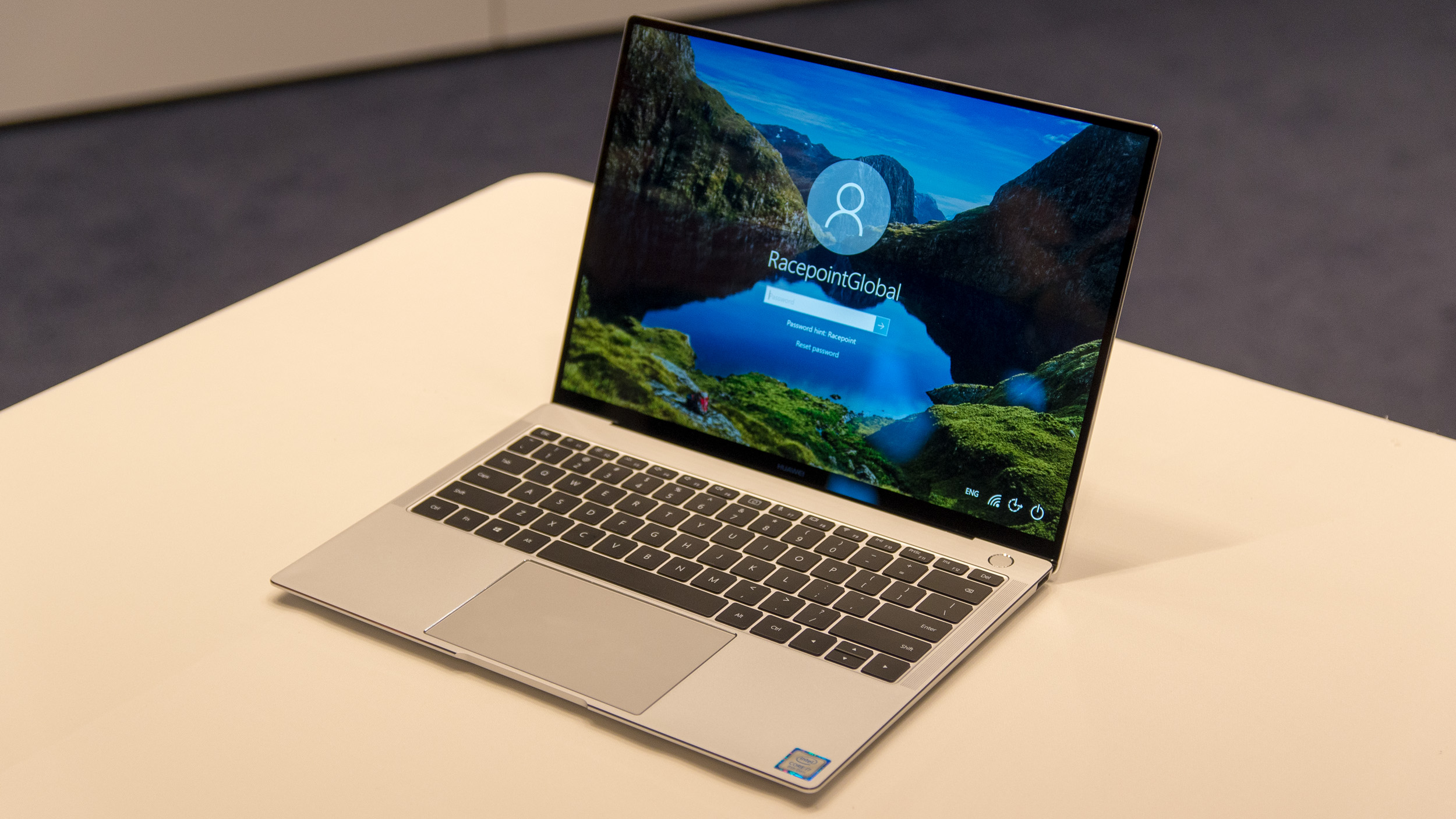
Quality looks to be pretty good too - we couldn't put it through too many tests or measure its colour accuracy but there weren't any immediately noticeable problems, and colours look rich and vivid. The 3,000 x 2,000 resolution ensures that detail should be pin-sharp as well. It's a touchscreen panel, but while we're still not convinced of the utility of touchscreens on traditional clamshells, it's nice to have - and it's protected by Gorilla Glass to guard against drops.
Huawei MateBook X Pro hands-on: Specs and performance
If you're expecting the MateBook X Pro to be a poor relation in terms of internal components, then think again. It's available in two configurations, both fitted with 8th-generation Intel chips. At the top end is the Core i7-8550U model, with 16GB of RAM, a 512GB PCIe SSD and a dedicated Nvidia MX150 GPU. There's also a lower-end model, with a Core i5-8250U, 8GB of RAM and a 256GB SSD, although there's no discrete graphics chip in this one.
It feels nippy enough in use, although we haven't had a chance to put it through any particularly rigorous testing yet. Based on what we've seen of Intel's latest processor family so far, though, expect it to be very speedy indeed.
Huawei MateBook X Pro hands-on: Ports and features
One thing we're glad Huawei hasn't borrowed from Apple is an over-reliance on USB-C. The MateBook X Pro does have two USB Type-C ports (one of which supports Thunderbolt 3), there's also a traditional USB 3.0 port for connecting flash drives and peripherals. Biometric login is taken care of too, thanks to a fingerprint reader built into the power button.
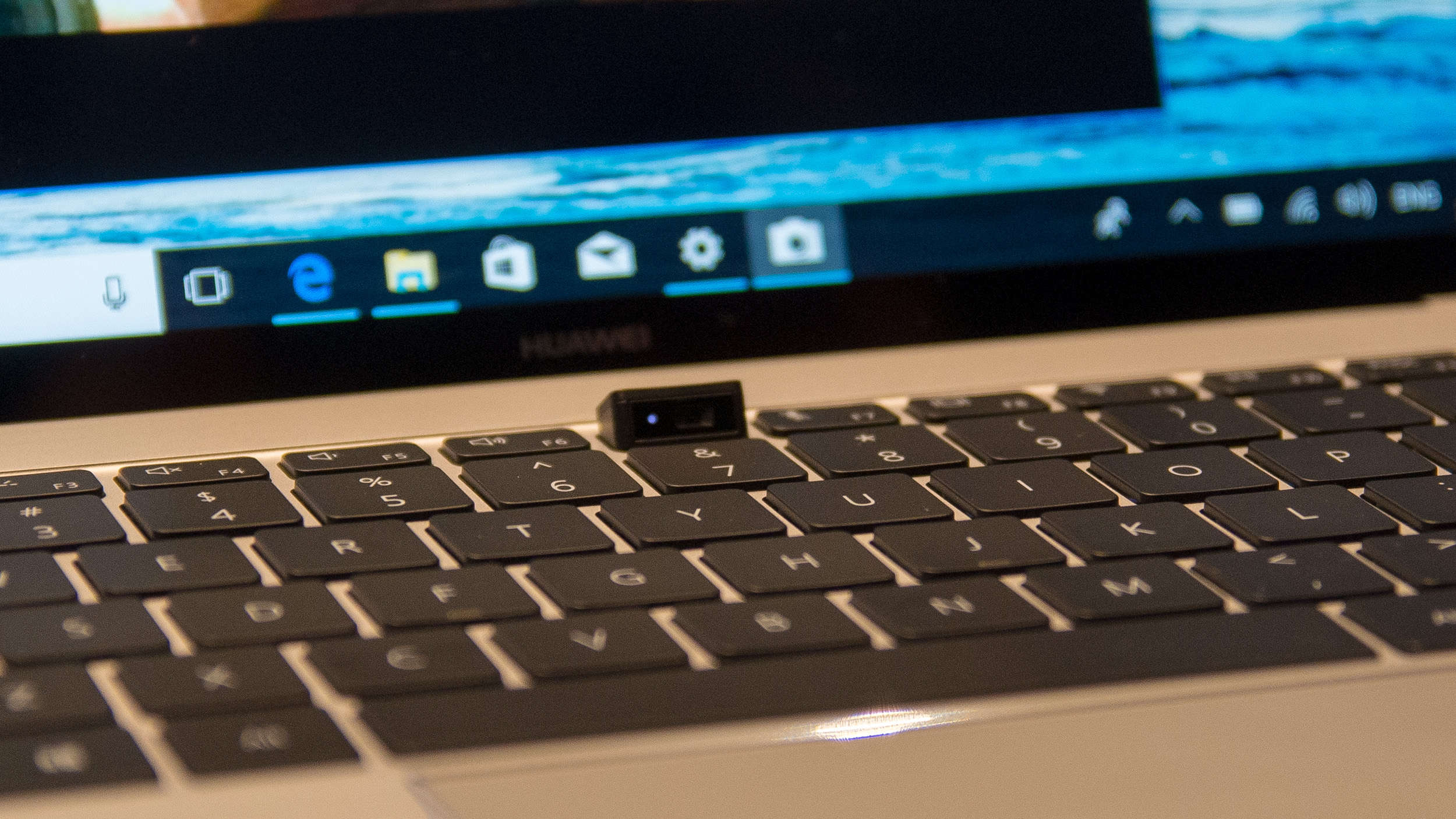
By far the weirdest feature of the MateBook X Pro, however, is its webcam which is not - as you might reasonably expect - housed above the screen. Instead, it's located within the keyboard, recessed into a neat little housing that pops up when you press it.
This allows you to hide it from view when not in use, which Huawei says is to address security concerns like hackers using webcams to spy on victims. It's a clever idea, and helps to keep the webcam out of the way - although it does mean that it'll probably be angled at your chest on the rare occasions when you do use it.
One last feature is the microphones. Huawei has demonstrated its commitment to framing the MateBook X Pro as a business machine by including four microphones, which are designed for conference calls with multiple people in one room and can pick up sound through 360 degrees.
Huawei MateBook X Pro hands-on: Verdict
The Huawei MateBook X Pro is an interesting device and does show some promise. However, there's one giant problem the price. The top-end MateBook X Pro with 16GB of RAM and a Core i7 process costs 1,899, which translates to a whopping 1,672.
While the MateBook X Pro is attractive, and looks to be a fairly nippy machine, we're really not sure it's impressive enough to justify dropping the best part of two grand on, especially when you can pick up a MacBook Pro for the same kind of money.
We'll be able to come to a final conclusion once we've had a chance to run the MateBook X Pro through our tests, but based on what we've seen so far, it looks like a mis-step for the Chinese manufacturer; it's just too expensive for a company without an existing pedigree in laptop construction.
Adam Shepherd has been a technology journalist since 2015, covering everything from cloud storage and security, to smartphones and servers. Over the course of his career, he’s seen the spread of 5G, the growing ubiquity of wireless devices, and the start of the connected revolution. He’s also been to more trade shows and technology conferences than he cares to count.
Adam is an avid follower of the latest hardware innovations, and he is never happier than when tinkering with complex network configurations, or exploring a new Linux distro. He was also previously a co-host on the ITPro Podcast, where he was often found ranting about his love of strange gadgets, his disdain for Windows Mobile, and everything in between.
You can find Adam tweeting about enterprise technology (or more often bad jokes) @AdamShepherUK.
-
 Asus ZenScreen Fold OLED MQ17QH review
Asus ZenScreen Fold OLED MQ17QH reviewReviews A stunning foldable 17.3in OLED display – but it's too expensive to be anything more than a thrilling tech demo
By Sasha Muller
-
 How the UK MoJ achieved secure networks for prisons and offices with Palo Alto Networks
How the UK MoJ achieved secure networks for prisons and offices with Palo Alto NetworksCase study Adopting zero trust is a necessity when your own users are trying to launch cyber attacks
By Rory Bathgate
-
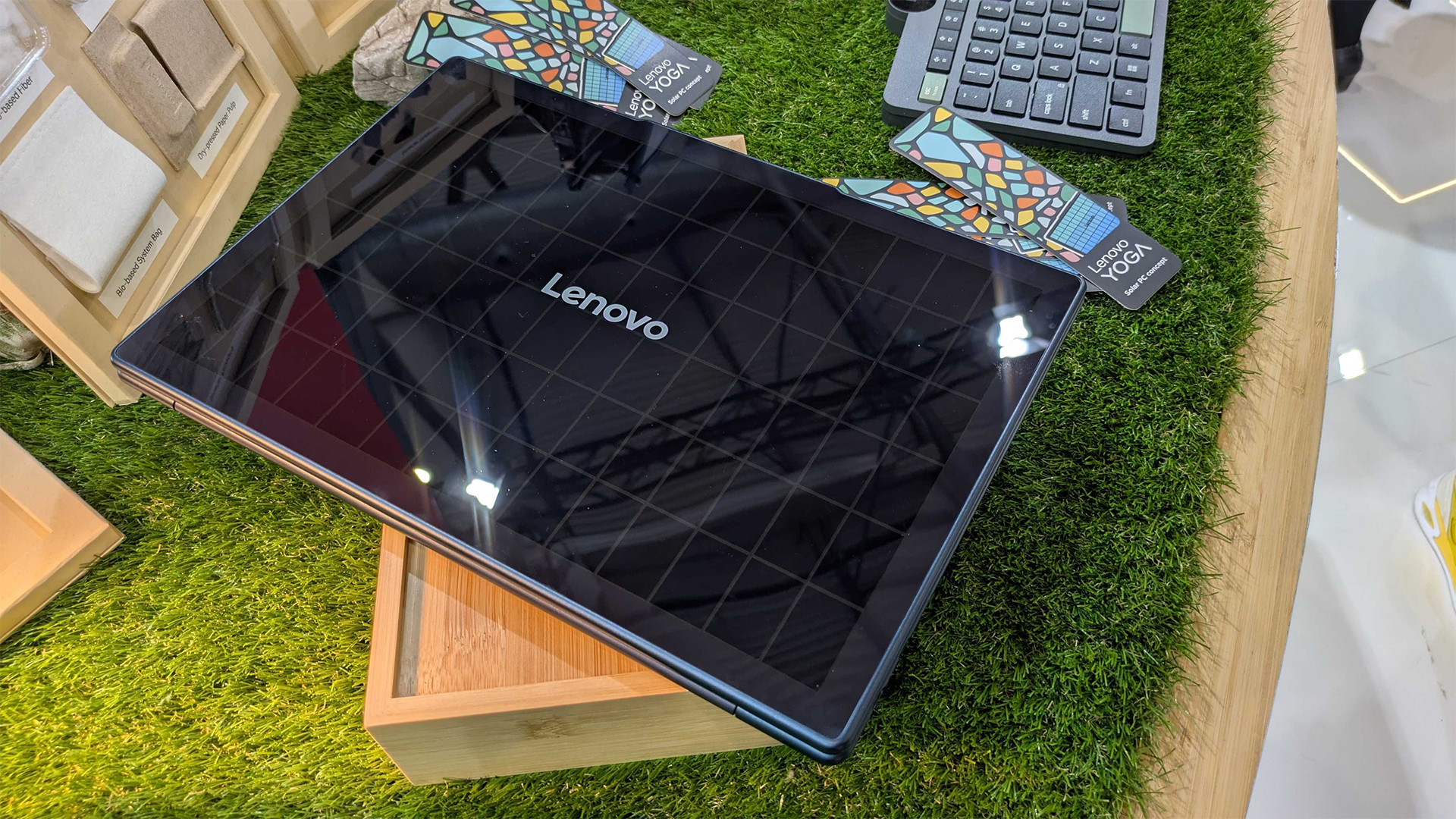 Lenovo’s solar-powered laptop could be a game changer for battery longevity – but we'll be waiting a while for a fully-fledged product
Lenovo’s solar-powered laptop could be a game changer for battery longevity – but we'll be waiting a while for a fully-fledged productNews Lenovo unveiled an experimental solar-powered laptop at MWC 2025 amid updates to the Yoga and Ideapad lineups
By Nicole Kobie
-
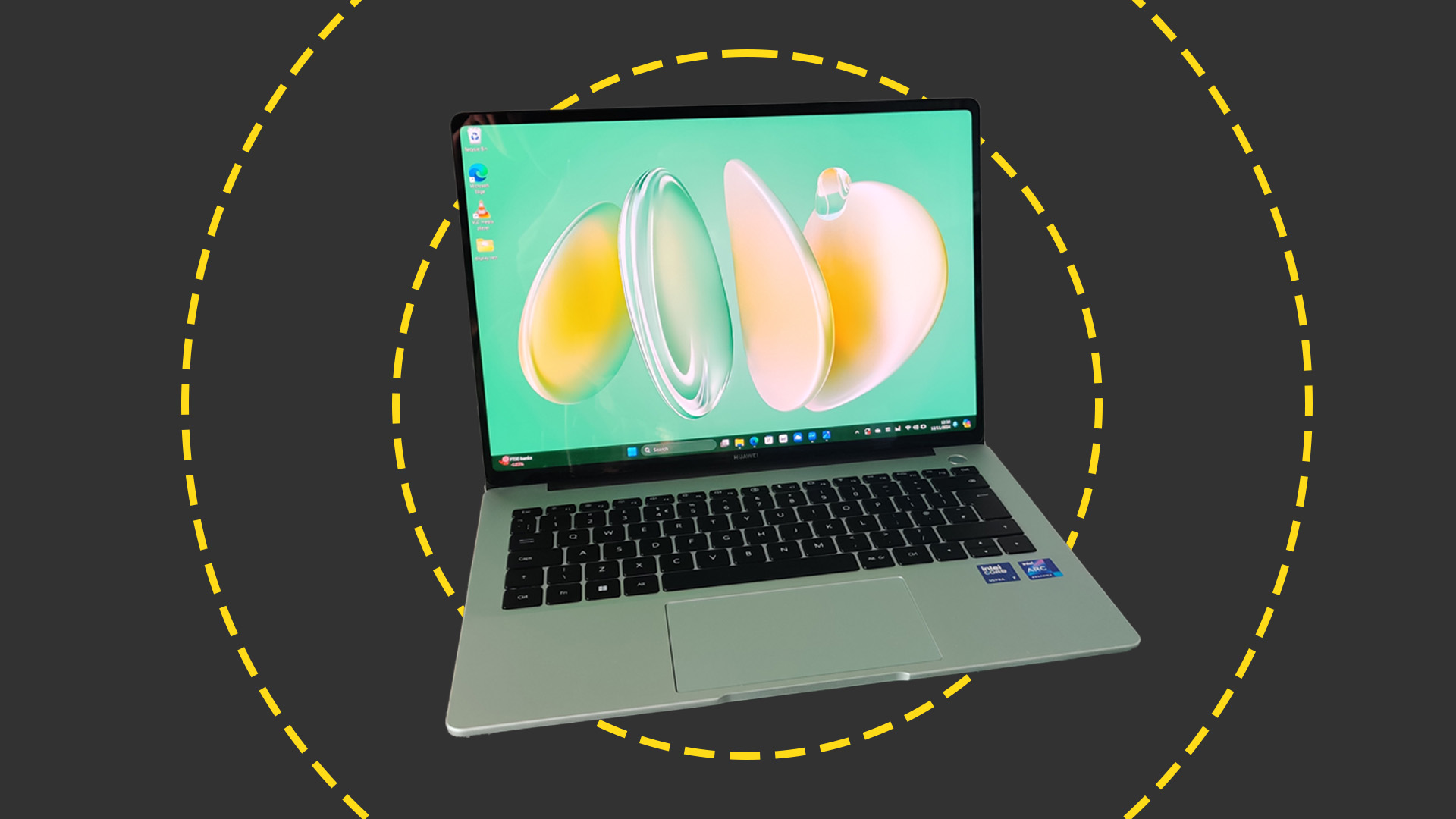 Huawei MateBook 14 (2024) review: A solid all-rounder with a stunning display
Huawei MateBook 14 (2024) review: A solid all-rounder with a stunning displayReviews An attractive, well-rounded device with a spectacular OLED display, but newer ARM-based Windows laptops offer that little bit more
By Solomon Klappholz
-
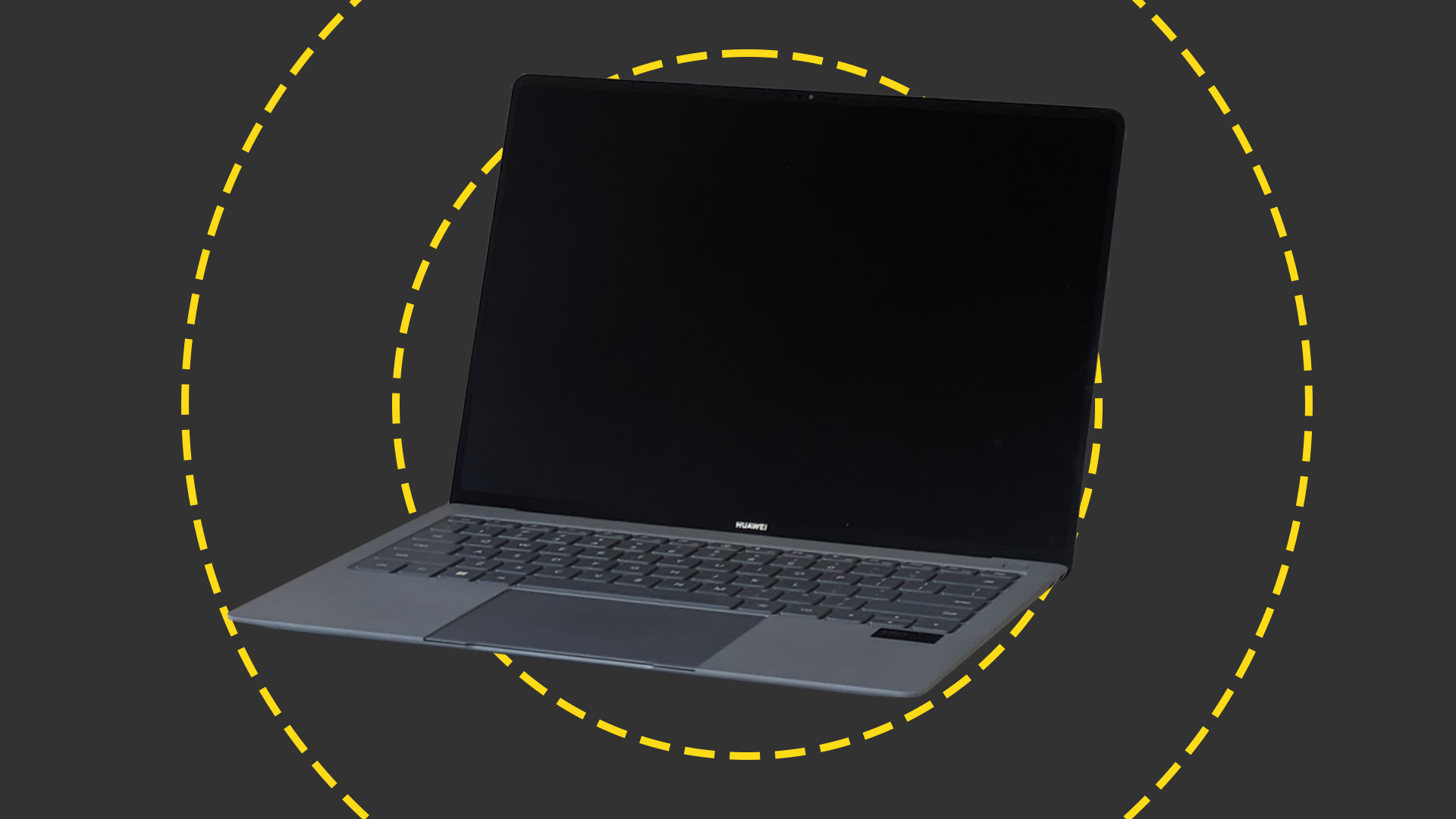 Huawei MateBook X Pro (2024): Executive elegance with the performance to match
Huawei MateBook X Pro (2024): Executive elegance with the performance to matchReviews An elegant Windows machine that can do it all and looks good doing it, with a display that will keep you coming back
By Solomon Klappholz
-
 New Huawei Mate 50 phone can link up with Chinese satellite system
New Huawei Mate 50 phone can link up with Chinese satellite systemNews This makes it the first smartphone maker to bring satellite communication technology to the consumer market
By Zach Marzouk
-
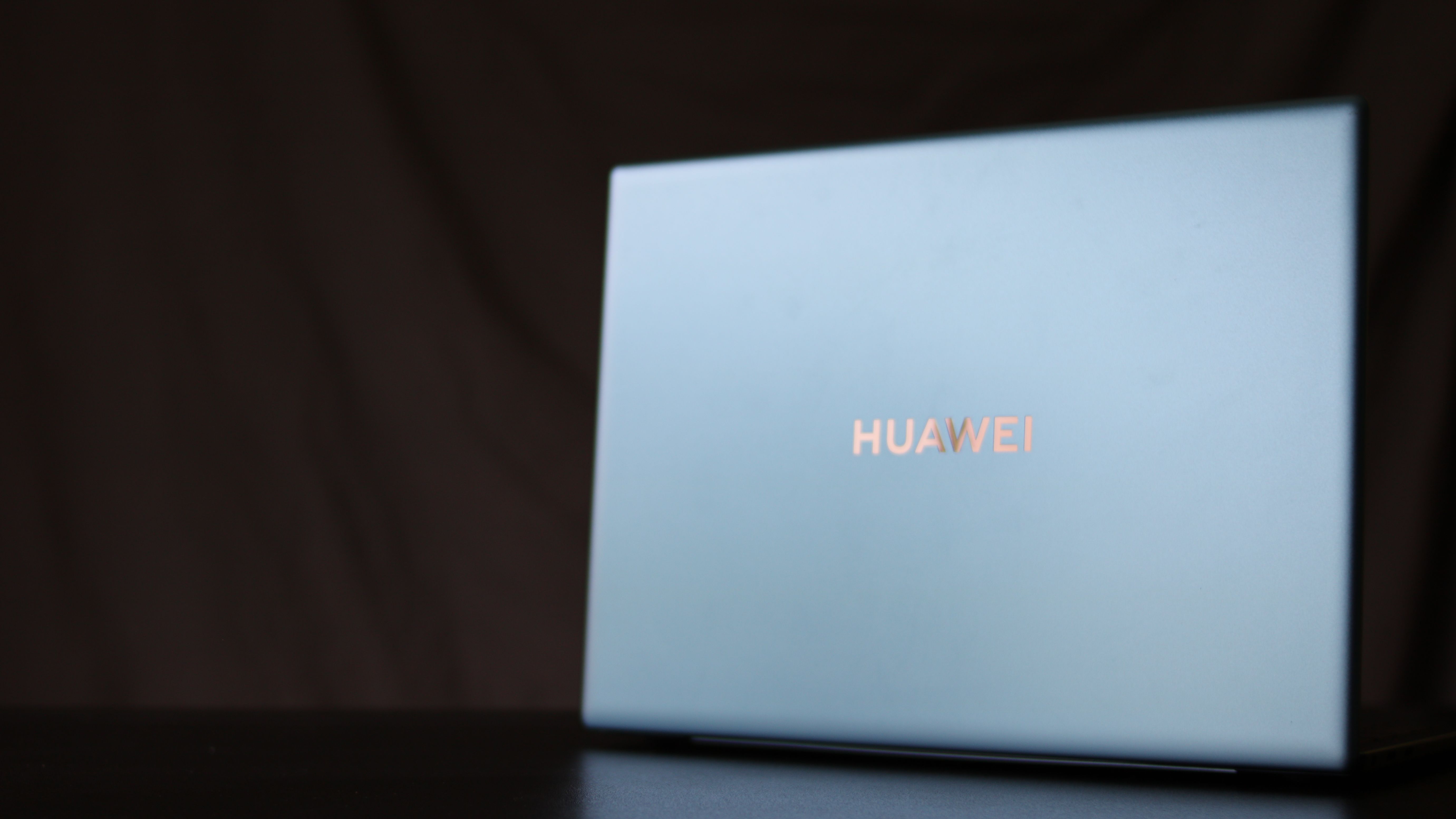 Huawei MateBook X Pro (2021) review: Battery woes plague the evergreen ultraportable
Huawei MateBook X Pro (2021) review: Battery woes plague the evergreen ultraportableReviews A sleek and stylish MateBook once again undermined by battery life
By Bobby Hellard
-
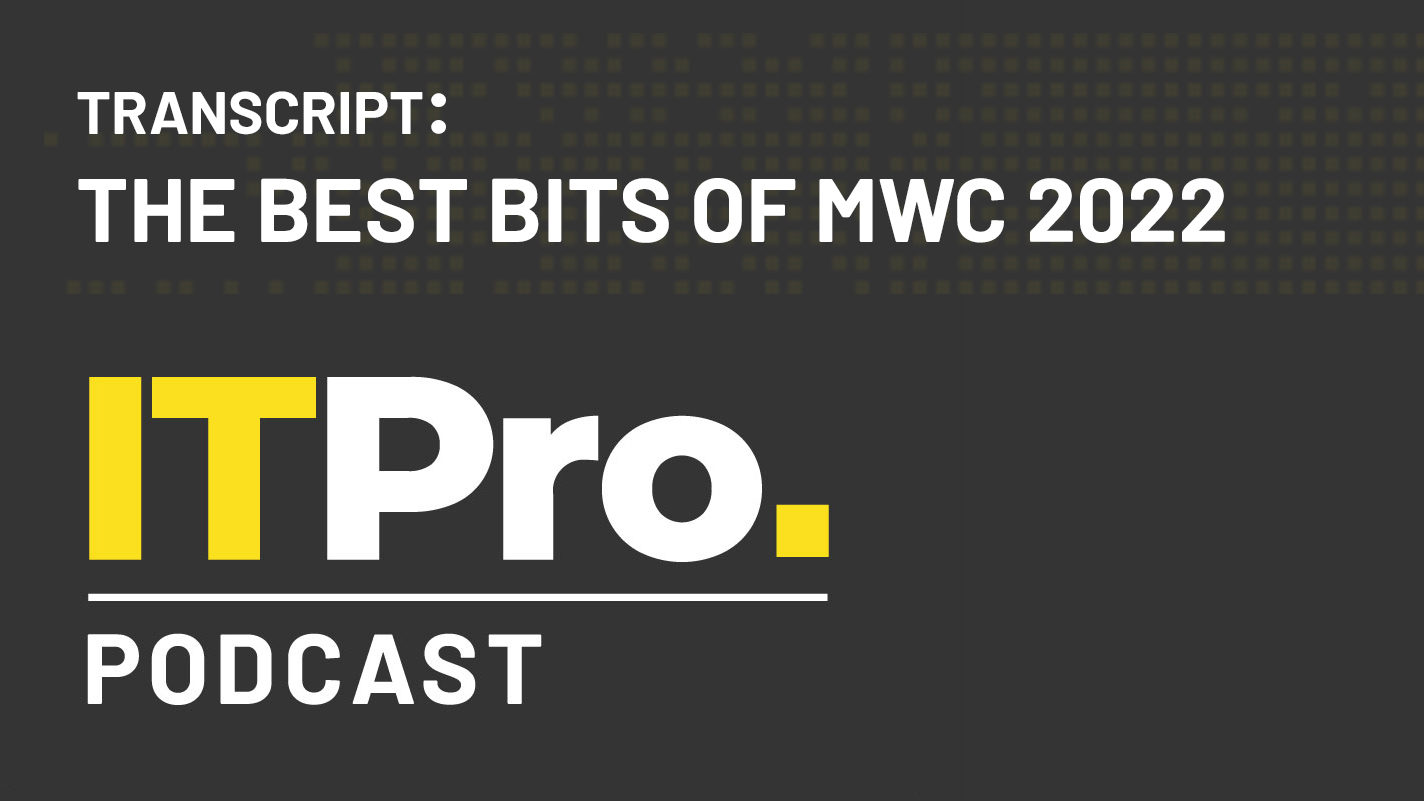 Podcast transcript: The best bits of MWC 2022
Podcast transcript: The best bits of MWC 2022IT Pro Podcast Read the full transcript for this episode of the IT Pro Podcast
By IT Pro
-
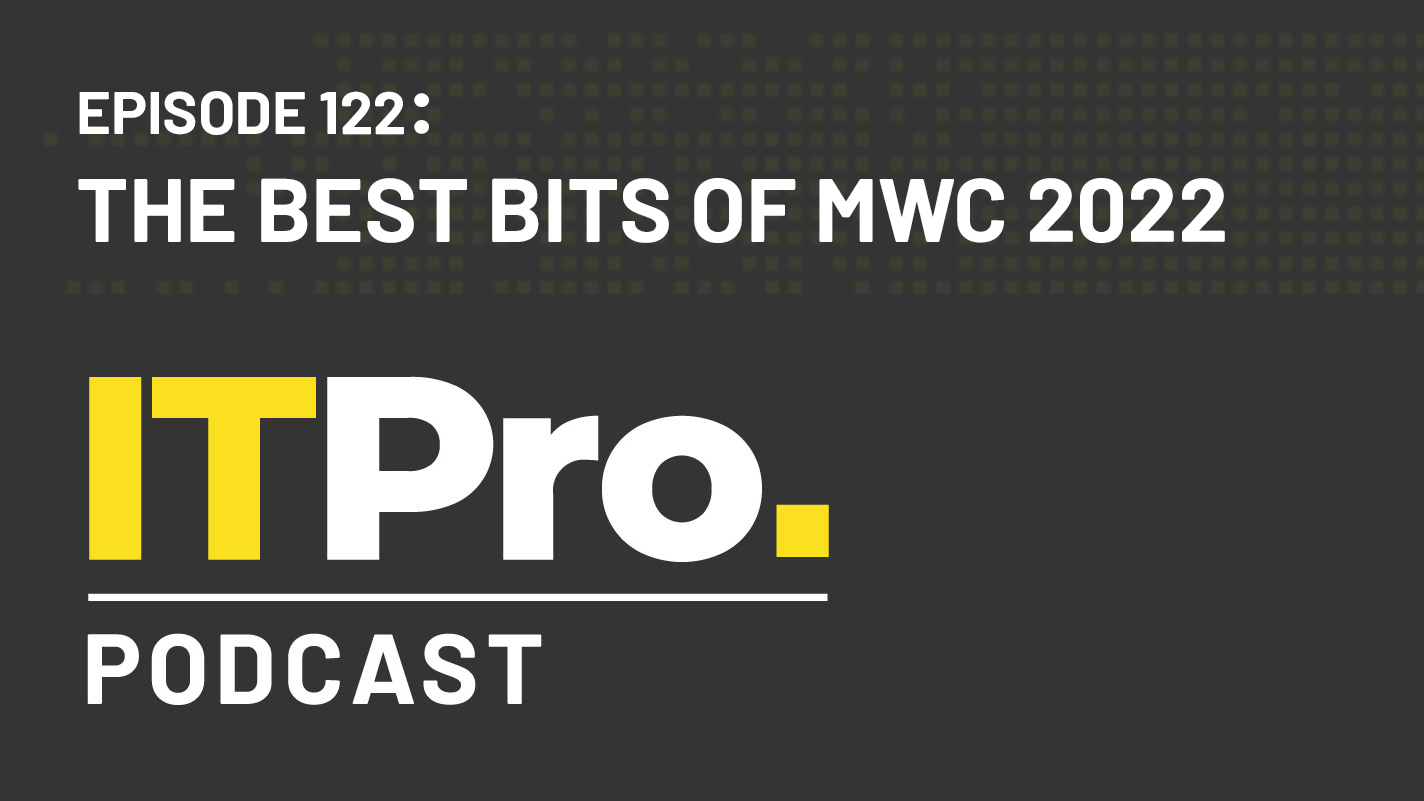 The IT Pro Podcast: The best bits of MWC 2022
The IT Pro Podcast: The best bits of MWC 2022IT Pro Podcast We recap some of the highlights of this year’s Mobile World Congress
By IT Pro
-
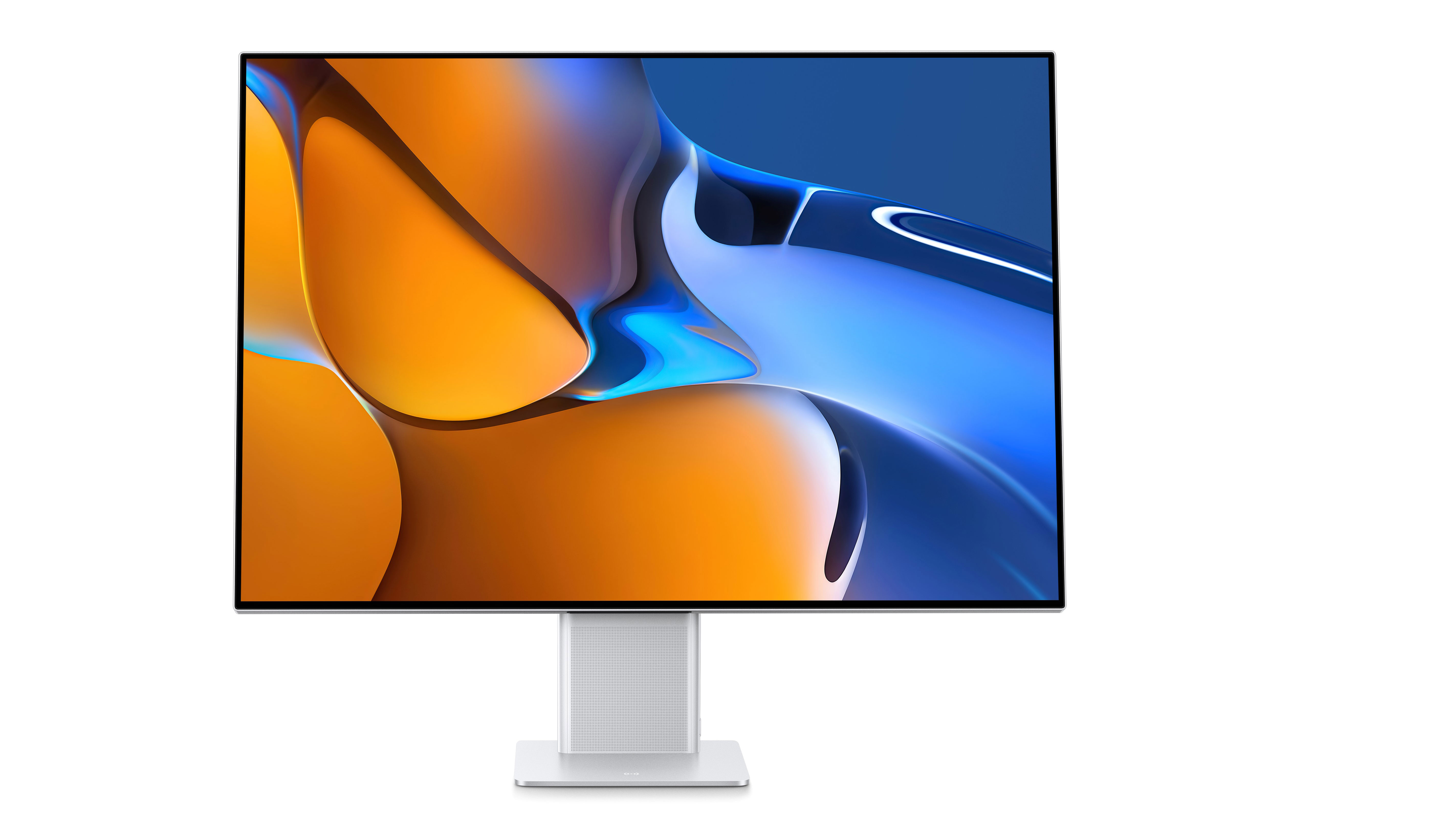 Huawei MateView review: A stunning, innovative screen – but it’s expensive
Huawei MateView review: A stunning, innovative screen – but it’s expensiveReviews With its distinctive shape and superb colour, this monitor stands well apart from the crowd
By Tim Danton